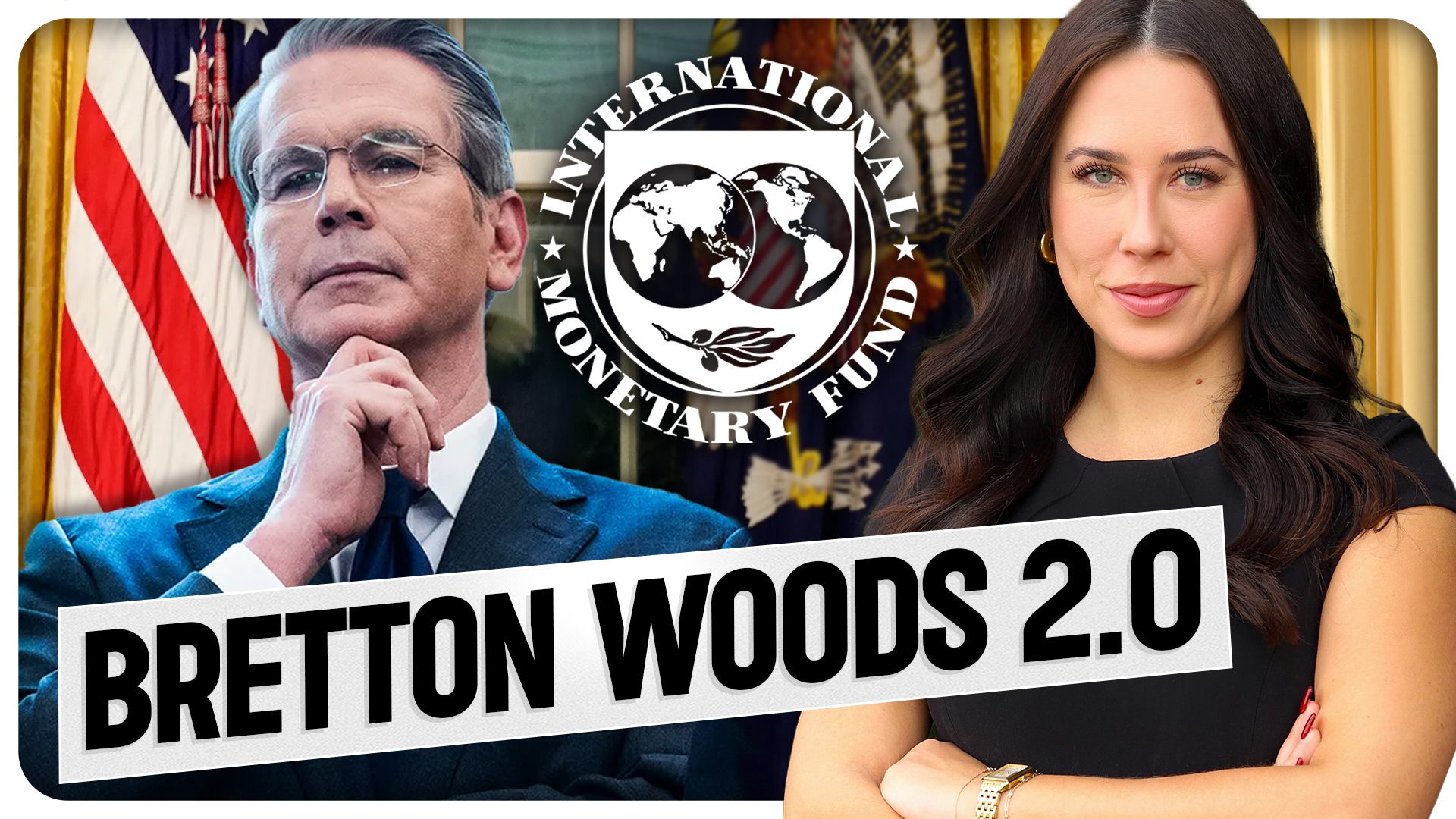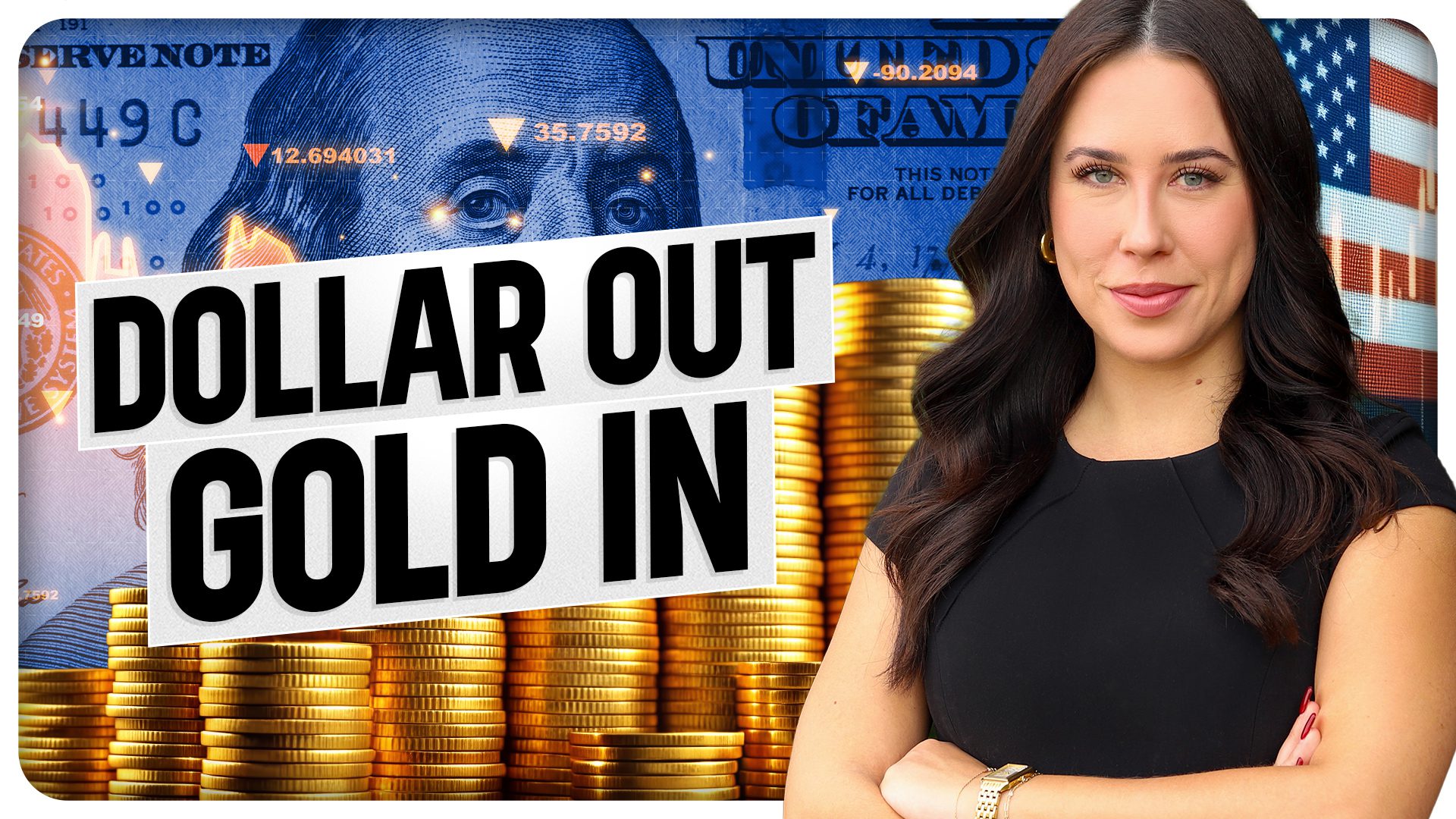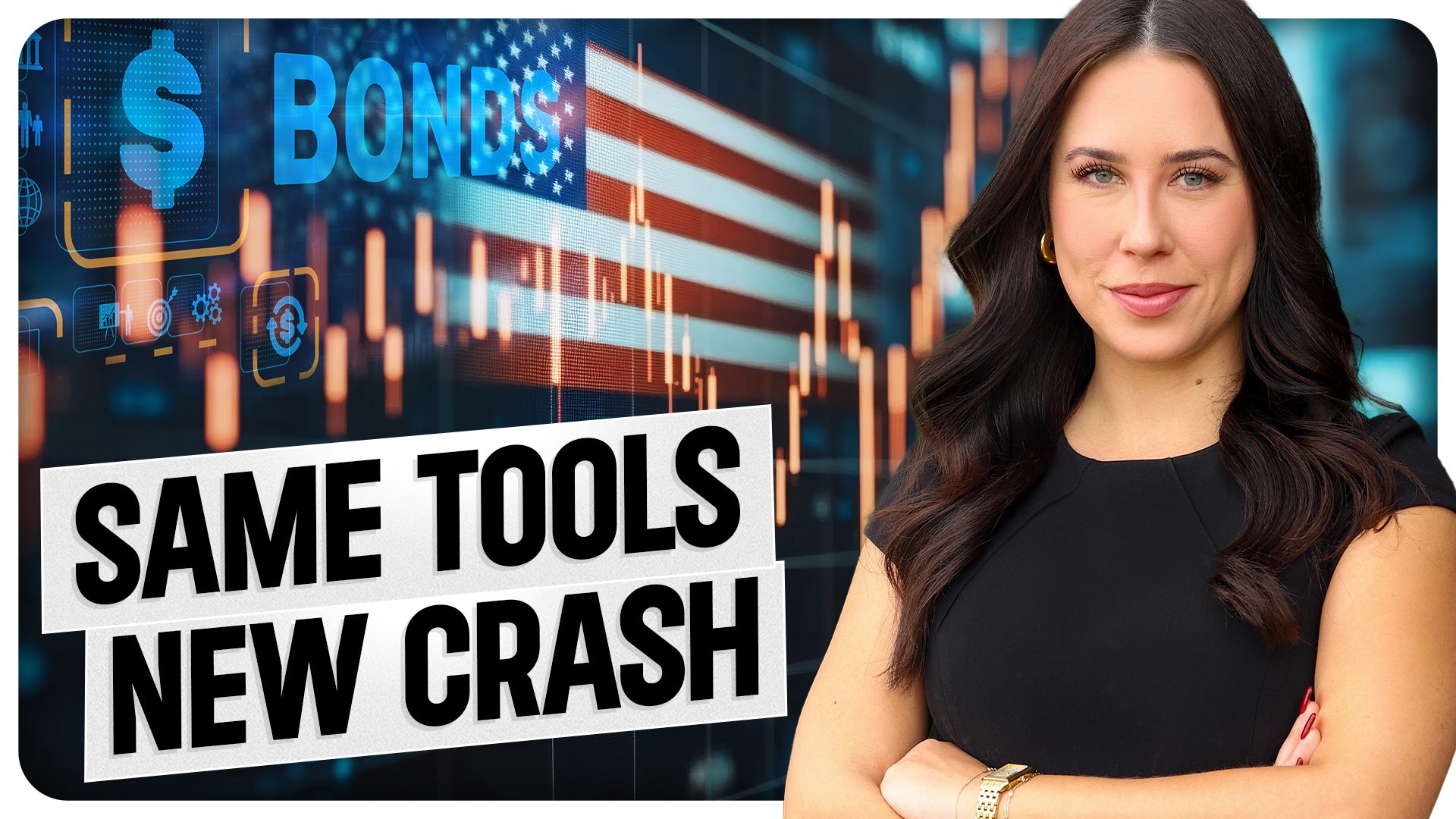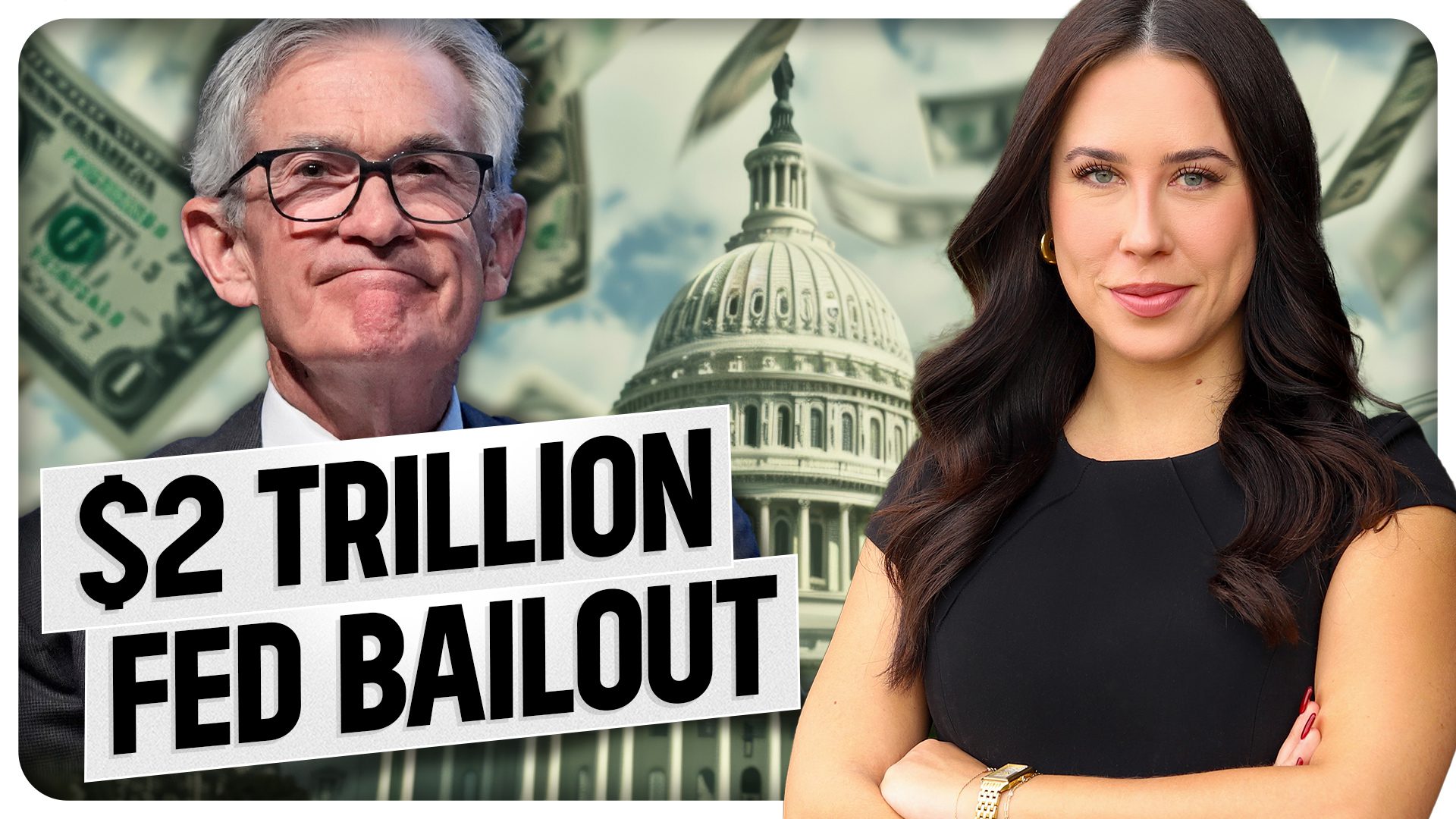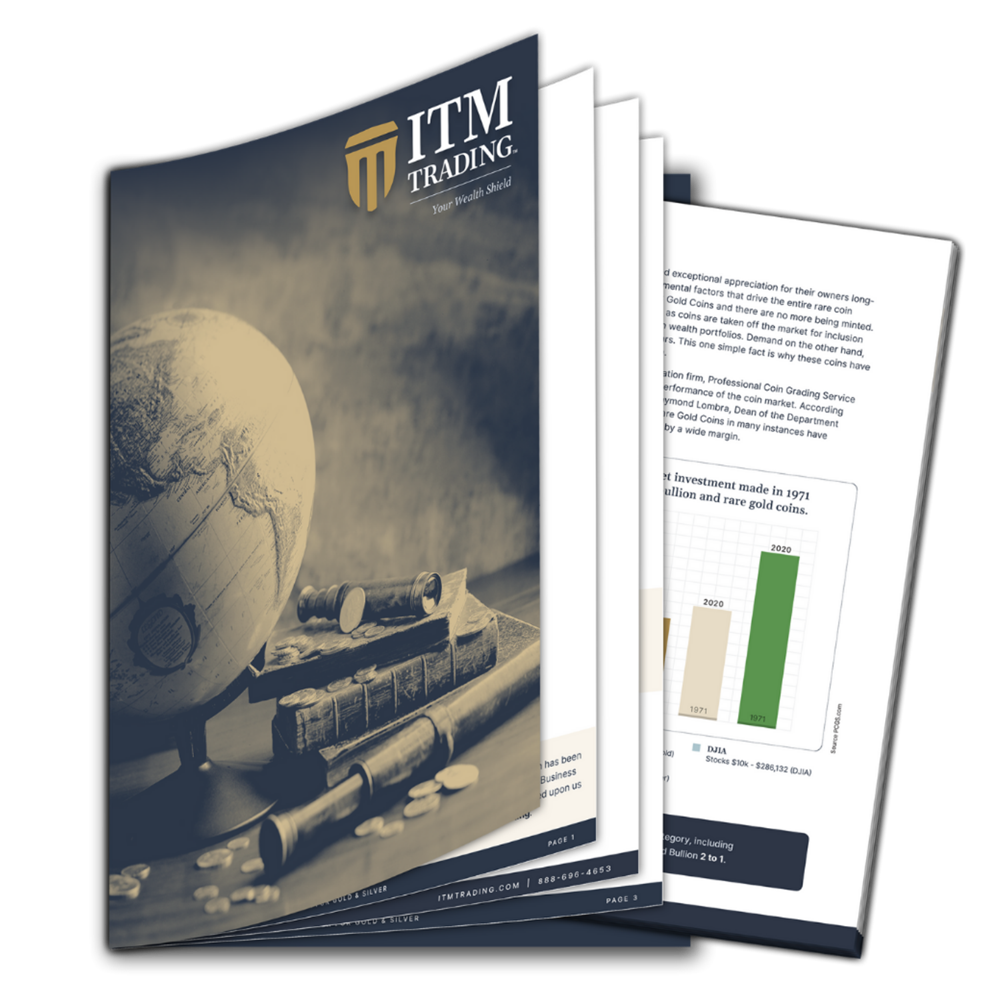The SHOCKING Plan (Who’s Pulling The Strings?)
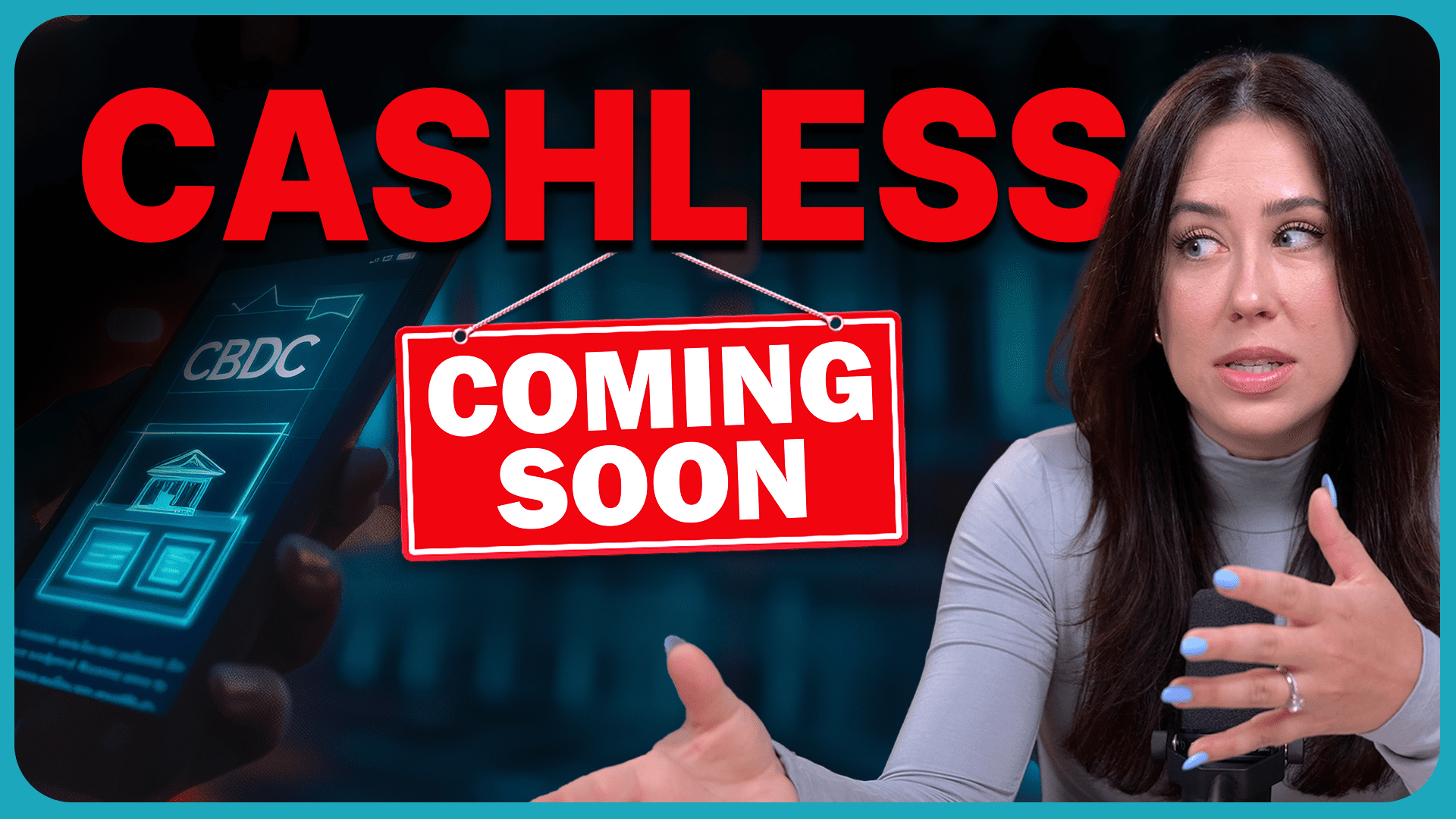
Taylor Kenney explores the intricate transition towards a cashless society and the hidden forces driving it. With declining cash usage, the rise of Central Bank Digital Currencies (CBDCs) could reshape our financial landscape, potentially compromising personal freedoms and economic control. From heightened government surveillance to the looming threat of negative interest rates, uncover the implications of this digital shift.
TRANSCRIPT:
A cashless, fully digital society is closer than ever to becoming our new reality. But is cash going extinct solely because people want more convenience? Or is the push to go fully digital being orchestrated at a much higher level?
There has been a significant recorded decline in cash utilization globally over the last five years. That has some wondering if it’s too severe to be a mere coincidence. It’s no secret that during this same time frame, central bank digital currencies, or CBDCs, have been propelled forward globally, with 134 countries representing 98% of global GDP.
Currently, some kind of exploration phase is underway, with over half of those countries already in development or launch with the IMF, the International Monetary Fund, and the BIS, commonly referred to as the Bank for Central Banks, making no attempt to hide their interest in a cashless society.
You have to pause and ask yourself, who’s really pulling the strings? The United States has claimed that it will not support a CBDC launch, but how long will that promise really last?
And while we wait for what feels like an inevitable rollout, is there already a quiet plan in place propelling us forward towards the adoption of a digital programmable currency? And if so, who’s really behind it? Who stands to benefit? And what does it mean for the rest of us?
It might surprise you to find out that the first credit card was an American Express, created in 1958. This is because credit and debit card utilization didn’t really take off until the internet boom of the late 90s and early 2000s.
During this time, banks quickly learned that there was a tremendous amount of profit to be made from cashless transactions, digital payment fees amounting in the trillions created a new revenue stream for banks. That resulted in a widespread push towards digital payments, queuing an onslaught of incentives points and a cultural shift for Americans away from cash in checking and towards credit and debit as they overextended themselves and financed everything on debt.
As the everyday American racked up more debt, the U.S. government did the same, with government debt almost quadrupling from 6 million in 2002 to 22 million in 2019.
With debt ballooning out of control, the highest level of decision-makers decided that it was time for a new tool, a new way to regain control.
It was around this time, in 2018-2019, leading up to Covid that a push to go cashless really started gaining momentum, not just here in the United States, but all the way up to the IMF.
The IMF started praising countries like Sweden for moving towards a cashless future, all while the IMF quietly continued their work on a CBDC with a global, centralized ledger.
Countries like Australia, who during this time were also pursuing a cashless future. Well, now the secret’s out. By 2030, Australia will officially be a cashless society.
We have learned from our own history here in the United States that when the government runs out of options, when they’ve squeezed all the juice they can from something, it’s time to come up with something new.
Here in the United States, when they couldn’t keep up with the true gold standard, they moved on to the Bretton Woods agreement. When there wasn’t enough gold to cover the amount of dollars in circulation, they moved on to a fully fiat currency, the US dollar.
But they realized in recent years that there is a problem with the dollar, especially when it comes to cash. They can’t control it.
CBDCs provide an opportunity for complete and total control. What you spend, who you spend it with, how you spend it, when you spend it. Every transaction monitored and tracked and used against you. However, the powers that be see fit.
If this is the future, if CBDCs are the ultimate goal, then the next logical stepping stone from where we are today is a cashless society.
See, cash presents a problem for the government, not just in terms of individual control, but economic control as well.
Have you ever heard the economic term zero lower bound? It’s essentially when interest rates are at or near zero already, limiting the central bank’s ability to stimulate economic growth.
And it works like this. When rates are lower, people borrow more, which means they spend more. It stimulates the economy. When rates are higher, less people are borrowing, less people are spending, and it slows down economic growth during times of recession. The government will reduce rates to stimulate growth. But what happens if those rates are already at zero? While the IMF has a solution for this, you can probably guess what it is.
Outlined in their document, the electronic Money standard and the possibility of a zero inflation target. They propose that we should eliminate all cash because cash in your wallet can’t have a negative interest rate.
But if you eliminate all cash and have just a digital dollar or a CBDC, either one, you are able to create negative interest rates, which therefore would force less people to spend and stimulate more economic activity.
Trying to save up for a big purchase or make sure you’re covered for a rainy day. Good luck, because every time that you don’t spend your dollars, they’re losing value. And not just because of inflation, but because of whatever the central bank and the government decide they want to do. They can just turn up the heat.
Let me ask you this. Do you think it’s a coincidence that banks are quietly closing branches and consolidating locations across America?
You might not even realize that in the last three years, over 5000 bank branches have been closed. With every bank branch closure comes a loss of access to cash.
And that’s not all. In addition to these bank branches closing in that same time period, we’ve also lost over 30,000 ATMs across the country. And in their place, reverse ATMs that offer cash to card solutions.
Put in your cash. Get a temporary card out for a fee, of course. This coincides with businesses that are no longer accepting cash. The number of which keeps growing and doubled from 2020 to 2021 alone.
This is a stark reminder that the only value cash has is a perceived, unspoken agreement of its value by all of us. If that sentiment were to change, there is no inherent value in the dollar.
So what’s next? Digital dollars? Will those hold value? CBDCs. It goes to show that at any point in time, fiat currencies can have value or can lose value.
In 1971, when President Nixon decided to delink the dollar from gold, the American people weren’t given a choice. There was no vote. They simply just had to accept the fact that the dollar wasn’t linked to anything.
It wasn’t backed by anything, and hope that it maintained some kind of value. That announcement by Nixon is commonly referred to today as Nixon shock, but it wasn’t a shock, not for those who were paying attention. The signs are always there.
If in the 1960s, people had had the foresight to move out of the dollar and into something like gold, they would have gained significant wealth coming out the other side.
Instead, they lost a ton of their purchasing power by holding on to dollar-denominated assets.
Today, once again, we are fast approaching a crossroads, and people who are not paying attention to what’s happening with the dollar will be left without any options, especially because they’re doing all of this right under our nose.
In July of 2023, FedNow, a Federal Reserve payment system, was launched. At the time of its launch, there were 35 participants. Now, exactly a year later, that list has quietly grown to over 700 participants, including banks such as J.P. Morgan and Wells Fargo.
Let me be clear, this instant payment infrastructure is not a CBDC, but its creation and its allowance of real-time payments, and the expansion of that, does lay the groundwork and the technology for the launch of one to be easier.
With all of this in place, the final puzzle piece is going to be widespread adoption when a rollout occurs, and I know many people will argue they can launch it at any time and not give you a choice, which is true. But more likely than not, it will be a gradual progression which we are in now.
Step one is going to be going cashless, seeing how people respond and getting people used to the idea as they continue to test how open people are going forward.
When people tell me that the United States will never have a CBDC when everyone else is pursuing one, I cannot stop thinking about the IMF and the BIS praising other countries, other central banks like the European Central Bank for falling in line and thinking, how is it possible that the United States will never be a part of this journey?
It’s really only a matter of time, especially with everything going on, de-dollarization efforts from BRICS countries, the unsustainable national debt, and the reserve currency status continually being chipped away at. You can almost feel in the air that it’s time for them to usher in the next tool.
It has been said by some that a central bank digital currency will be the death of American freedom. And while I don’t know when or how its rollout would work in the United States, I can imagine that the clock is ticking, which is why I think it is so important for us to educate ourselves now before we are fully cashless, before we are fully digital.
Before they have you in a position where there are no other options but to adopt. If you have a loved one who needs to hear this, please share. Like, subscribe. It helps us get the word out and spread the message. Again, I think education is the most important tool we have. If you can protect yourself outside of the system now before it’s too late.
Of course, I absolutely encourage you to do so. And in the meantime, keep the faith. As always, I’m Taylor Kenney with ITM Trading. Your trusted source for all things gold, silver and lifelong wealth protection. Until next time.
SOURCES:
https://www.visualcapitalist.com/cash-transactions-becoming-more-rare-around-world
https://tradingeconomics.com/united-states/government-debt
https://www.imf.org/en/Publications/fandd/issues/2018/06/central-banks-and-digital-currencies-point
https://www.centralbanking.com/fintech/7959066/unified-ledger-could-usher-in-profound-economic-change-bis
https://theconversation.com/the-move-to-a-cashless-society-isnt-just-a-possibility-its-well-underway-215446
https://au.finance.yahoo.com/news/cashless-fear-as-date-australia-will-ditch-physical-money-is-revealed-043638197.html
https://www.imf.org/en/Publications/fandd/issues/2022/03/Future-of-inflation-partIII-Agarwal-kimball
https://www.wsj.com/buyside/personal-finance/banking/banks-closing-branches
https://www.wsoctv.com/news/local/bank-america-is-closing-more-than-100-branches-this-year/7WHOOHJBRFGUHBY6HDVWNYVJQQ/
https://www.wsj.com/articles/the-number-of-atms-has-declined-as-people-rely-less-on-cash-81268fa2
It’s not easy being green: Reverse ATMs are on the rise amid declining cash use
https://www.newsnationnow.com/business/your-money/reverse-atms-facilitate-an-increasingly-cashless-society
https://www.bloomberg.com/opinion/articles/2023-07-07/fednow-is-coming-here-are-some-of-the-risks?cmpid=BBD070723_BIZ&utm_medium=email&utm_source=newsletter&utm_term=230707&utm_campaign=bloombergdaily&sref=BDm3fjT1
https://www.imf.org/external/pubs/ft/fandd/2021/06/online/digital-money-new-era-adrian-mancini-griffoli.htm
